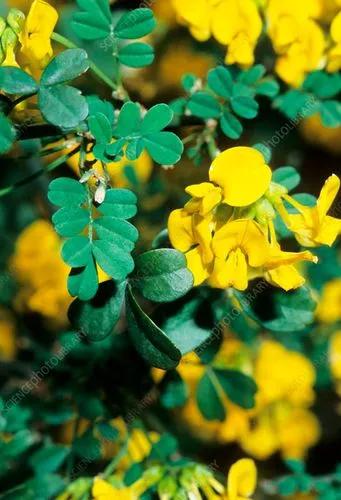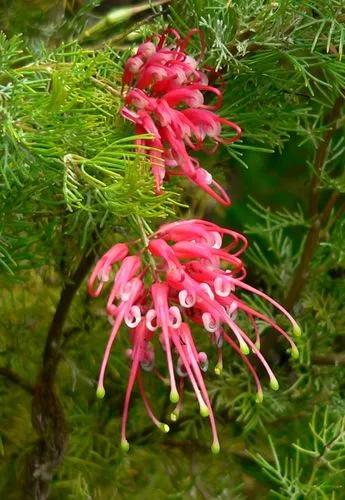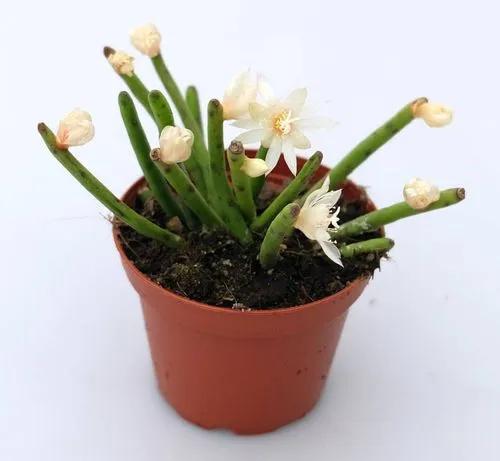The elephant's ear is a hybrid that has become a fairly popular ornamental house plant, and is one of the easiest to find and buy from the Alocasia genus. Different shades of green and yellow appear through the leaves when sun light hits the leaves which is an attractive sight. This plant takes root from rhizomes that allows them to be easily propagated. Outdoors in a northern environment this species will not survive the winter, although it may if it's taken indoors before the end of summer. Indoors - if the right temperatures and other conditions are given a grower can enjoy the unique foliage of this plant for a fair few years. The plant can become dormant but it will come back, if your patient.
Poly Elephant Care
Elephant's Ear - Alocasia Polly



These have been known to flower (quite rare), although I have never seen one bloom. If one does flower it produces a green spathe and white spadix.
How to Care for the Plant

Water

Keep the soil moist but remember that these plants do not like wet feet. If possible, water in the morning (so they are dry overnight) and from below, at the root zone, to keep the leaves from getting too wet. This plant needs a rest period in winter when you should allow the soil to become almost dry between waterings, and stop fertilizing. If it dries completely it may go dormant, in which case you may be able to dig up the corm and save it until you can keep it in warmer temperatures.

Pruning

All you need to do is snip off the old leaf with clean pruning shears near the stem's base. Because Alocasia amazonica plants are fast growers, pruning does not affect plant growth.

Fertilizer

Amazon elephant's ear tends to be a heavy feeder during its growing period and will respond well to applications of diluted balanced fertilizer. Starting in spring, feed the plant every two weeks. Stop the end of August, then start the cycle again at the beginning of the next spring. Occasionally, the leaves will yellow; if this happens, try adding fertilizer with micronutrients, or sprinkle Epsom salts around the base of the plant once a month

Soil

Performs best in part shade in organically rich, moist to wet soils.

Temperature

Your Alocasia enjoys the warmth, preferably between 65-85 degrees, so maintain indoor temperatures above 60 degrees. Avoid cold drafts and sudden temperature changes. Feed once a month during the spring and summer with a liquid fertilizer for indoor plants. Alocasias are mildly toxic to pets and humans.

Additional

The leaves and stems are the most toxic parts of the plants. Even touching them can cause skin irritation and itching, and if you get the sap in your eyes, your eyes will sting and burn for several hours. If your child or pet ingests the leaves, the first symptoms are a tingly or burning feeling in the mouth or lips. While a compact plant, great for indoor spaces, the plant can grow overall to about 3 feet high and 3 feet wide. Indoor Care: Having some specific needs, the Alocasia Polly likes warm environments, humidity, and damp soil. Thriving conditions include a moderately bright spot with no direct sunlight.

Popularity

88 people already have this plant 25 people have added this plant to their wishlists
Discover more plants with the list below
Popular articles






